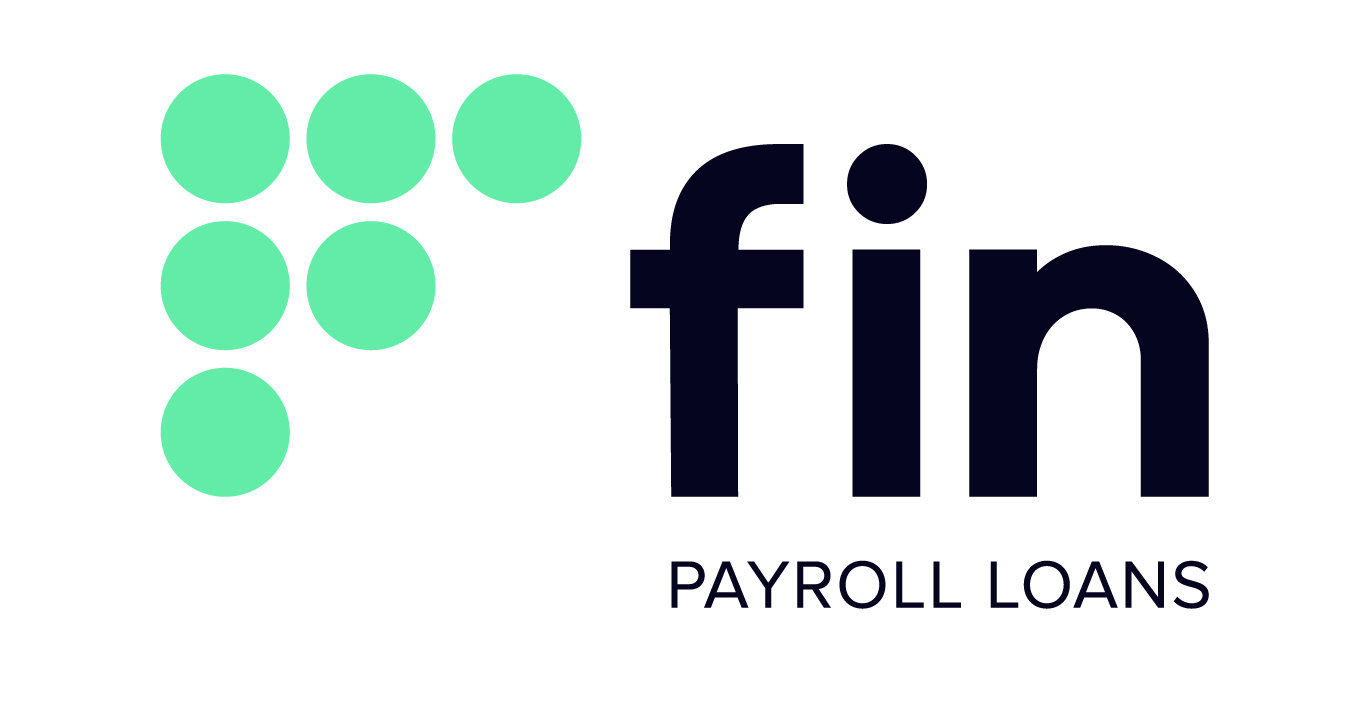As an employer, one of your key roles is to help your employees develop their unique strengths and interests within their respective roles. An additional part of prioritising is to assist employees in setting personal financial goals and developing relevant plans to help you and your employees stay focused and on track.
Regularly assisting employees set goals builds their engagement with you as an employer and boosts their productivity.
To reap the rewards of assisting employees, here are some ways employers can help employees create a fully comprehensive budget for 2022 and improve their financial literacy.
Show employees how they can have an impact.
Very few of us can afford a large financial purchase with a once-off payment, nor can we operate in today’s economic climate without keeping our spending in check. For reasons like these, we need to help employees figure out how they can achieve their financial objectives. They can do this by creating a budget (a financial roadmap) to tell them where they started, where they are, and where they are going.
SmartAdvance informs employees that the budget tells us if we can afford to buy wish list items or if we need that money to cover fixed expenses. It also helps us achieve financial freedom by saving for a financially healthy retirement and helps to prepare for potential emergencies.
Putting a personal budget in place helps create some sense of financial stability and can be implemented by following the below simple steps:
Step 1: Know where you are
It is essential that you write down the following; how much and how often does your money come in, and how often are you spending. The more comprehensive this list is, the more effective your budget will be.
Step 2: Categories
Both income and expenses can be fixed or variable and regular or irregular. Separate your income and expenses into the respective categories.
Step 3: Capture
Capture all your Budgeted income and expenses onto a spreadsheet/template. Remember to separate them into fixed, variable, regular and irregular income and expenses.
Step 4: Calculate budgeted amounts
Having the total amount of your income and expenses will enable you to calculate what you will have left or not be able to pay at the end of the budgeted period. This helps you understand what you can or cannot afford, where you can save money and what is happening to your money.
Step 5: Record and monitor actual amounts
Monitor your actual expenses for the period in question. You will need to separate your expenses into various categories at the end of the period to calculate how much you spent. This total is then captured under the actual column on your budget spreadsheet/template.
Step 6: Calculate variance (difference)
Calculate the difference between your budgeted amount and the actual amount for each income and expense category. This difference is called the “variance”. There are only three outcomes to this calculation. You have little to no variance, negative, or positive variance.
Step 7: Update and repeat
Repeat the process the next time.
Employers should refrain from creating goals for employees. They can dictate the objective but not the goal. It’s best if employees come up with the goals themselves.
Help employees reach their goals.
When you partner with SmartAdvance, you assist your employees in setting their budget, and we take them through the process step by step.
For employees to successfully implement a budget, they must articulate what they hope to achieve with their budget so that we can assist them in setting SMART goals to make creating a successful budget possible.
Employees need to understand that these goals are for themselves and not solely to improve their productivity at work. Employees need to know what’s in it for them, so we discuss the below with them:
- How the goal impacts them personally.
- How the goal aligns with their passions and career path.
- The knowledge and skills they can develop while pursuing the goal.
Helping them helps you.
Succeeding as an organisation requires business skills, decision-making, and, most importantly, happy employees. Employees need to perform within the organisation and create value. In return, a company should assist them with essential matters such as budgeting and financial wellness.
Budgeting is one of the essential skills to master. This requires a company to partner with a financial wellness provider that can provide training programs that equip employees with the financial literacy needed to address their changing financial needs. Implementing employee wellness programs that encompass benefits – such as financial training and financial assistance – is excellent for recruitment and employee retention and translates into crucial metrics such as improving productivity and profits.
Not only does it help you improve productivity, but more importantly, it has a positive impact on company morale which has become a central focal point for employers in this post-pandemic world. Employees who have access to financial wellness benefits are more likely to have high confidence than those who don’t. Employers who offer such solutions to their teams have employees who report less stress.


